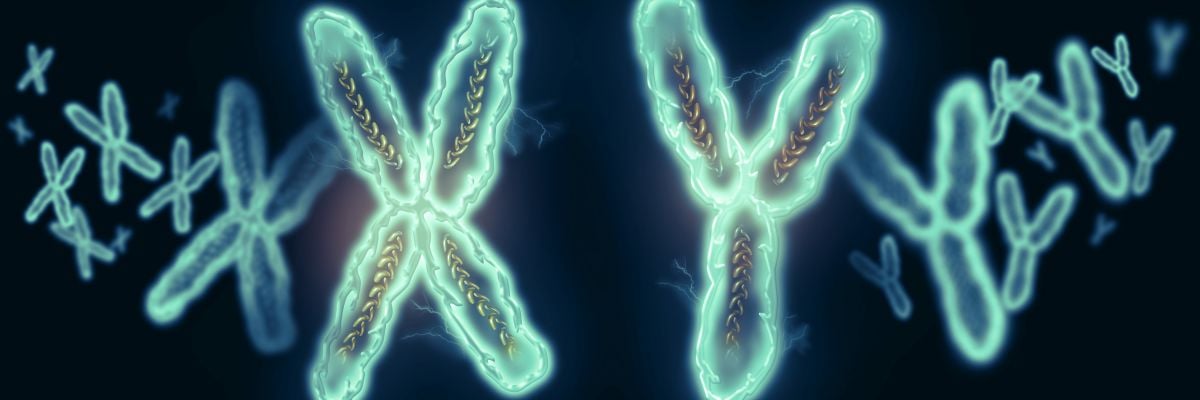
LGBT advocates are obsessed with a bakery in Colorado, and not because the cakes are delicious. Last year the Supreme Court ruled in favor of Jack Phillips and Masterpiece Cakeshop after a six-year legal battle following Phillips’s refusal to put a pro-gay message on a cake he’d baked. He never refused, contrary to what many have heard, to sell a cake to anyone. He merely refused to use his craftsmanship to produce a message he did not support on one of his creations. The court also found that the Colorado Civil Rights Commission had violated Phillips’s civil rights by displaying anti-religious discrimination.
About this latest legal attack on Phillips, Catholic News Agency reports:
Three months after winning the Supreme Court case, Phillips was sued again by Colorado lawyer Autumn Scardina, who identifies as a transgender woman, for his refusal to make Scardina a gender-transition cake. Phillips then countersued the state of Colorado, claiming that he was being persecuted for his religious beliefs. The case was dropped in March, “after the discovery phase demonstrated that the state was displaying ‘anti-religious hostility’ by continuing to pursue Phillips.’”
Scardina is yet again suing Masterpiece for its refusal to make a cake. This time it was a birthday cake but with pink frosting and a blue center to signify Scardina’s transgender identity.
As these events continue to unfold, don’t be surprised to see increasing and increasingly hostile debates on social media. Having seen many such debates play out, I wanted to correct some errors Catholics commonly make so they can focus instead on the best ways to present the truth about our identity as human beings made in the image of God.
1. Don’t overplay chromosomes.
The sex of a human being is determined biologically. As a general rule, females have two X chromosomes (XX) and develop female sex organs, whereas males have an X and a Y chromosome (XY) and develop male sex organs. But sometimes people’s genetic code and their anatomy don’t match up, so it can be difficult to immediately identify their sex. This is a condition that is called “intersex.” When intersex comes up in discussions about transgenderism, I recommend setting that issue aside, because in almost all cases people who are transgender are not intersex, and their physical anatomy matches their sex chromosomes.
Be careful, however, not to overplay the XY and XX dichotomy by saying things such as, “If you have an XY you’re a man, and if you have XX you’re a woman.”
There are variations in sex chromosomes, but they don’t prove there are “six biological sexes,” as one website claims. For example, people with one X chromosome and no Y chromosome are female, but they have Turner syndrome, which can lead to developmental and sterility issues. The same complications can arise for men who have Klinefelter syndrome, which occurs when they inherit more than one X chromosome (e.g., XXY or XXXY). Having an extra Y chromosome, or XYY, can cause men to have learning disabilities. But in almost all these cases it is still possible to see that a person is a man or woman.
In some cases, corrective surgery may be necessary to address malformed organs in a person who is intersex. However, it is not possible to use surgery to turn a man into a woman—all you have following such a procedure is a mutilated man who claims to be a woman. One New York Times editorial from a man who underwent SRS surgery to get vaginoplasty, which creates a “front hole” in place of the penis that constantly tries to heal itself, makes this point well in its title, “My new vagina won’t make me happy.”
2. Don’t underplay gender.
I’ve heard some people say we shouldn’t talk about gender or “There is no such thing as gender” and that we should focus instead on biological sex. I agree that we should not let gender become a category that determines objective realities such as whether someone is a man or a woman. However, gender certainly exists if what we mean by the word is a person’s sense of his or her maleness or femaleness.
It’s true that the word gender has always been a linguistic convention (evident in, for example, the masculine and feminine nouns in Latinate languages) but did not apply to human beings until the work of sexologist John Money in 1955. He believed gender identification could be conditioned to overcome one’s biological sex, as is evident in his infamous “John/Joan experiment,” where he encouraged parents to raise a boy whose penis was destroyed in a botched circumcision as a girl named Brenda.
The apparent “success” of the case was used to justify thousands of similar “sex-reassignment” surgeries for infants who were born with ambiguous or damaged genitalia. But notice how they define “success”: at the onset of puberty, “Brenda” was adamant that he was a boy, and after learning the truth of his biology he chose to identify as a man named David Reimer. However, the harm from the surgery and abusive therapy sessions with Dr. Money took their toll. In 2004, Reimer committed suicide.
Reimer experienced “gender dysphoria” because he was not the girl his parents and doctors said he was but rather an injured boy who others claimed was a girl. We should acknowledge that some people may feel a similar sense of dysphoria with regard to their biological sex—a feeling of being trapped in the wrong body—and be empathetic to their situation. It doesn’t follow, however, that these conflicted feelings determine one’s biological sex. It is important for us to maintain a clear line between sex and gender.
Ironically, in 2005, the Human Rights Campaign, which supports LGBT causes, defined “gender dysphoria” as “discomfort from the strong internal sense that [one’s] true gender identity does not match their physical sex.” While this definition recognized the difference between gender and biological sex, the HRC’s current website conflates the two by saying, “contrasting transgender people with ‘real’ or ‘biological’ men and women is a false comparison. They are real men and women.”
That’s why we should move the discussion about being transgender to the question, “What makes someone a ‘real’ man or ‘real’ woman?” I covered this in a previous article, and this philosopher’s take on the issue is also helpful. You might also find my newest Trent Trax episode, “A Catholic Guide to LGBT+”, useful in learning how to intelligently and compassionately defend the Church’s teachings on sex and gender.



